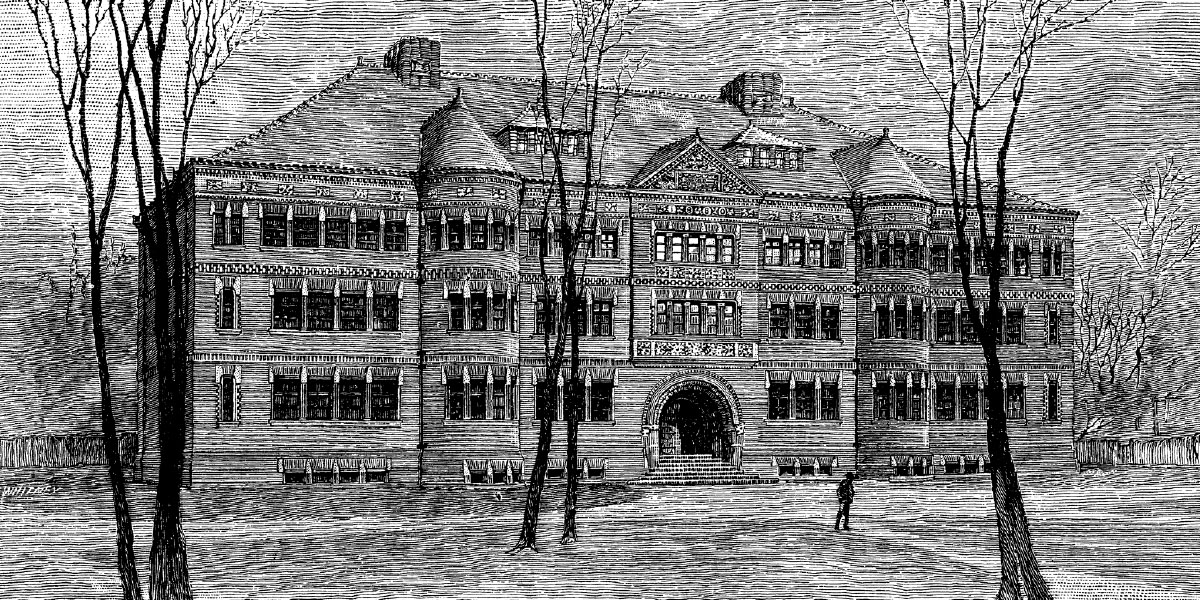![]()
Edited by Khesia Taylor
The Beginning
1636 Harvard University is founded by the Massachusetts Bay Colony and is named after John Harvard. During the colonial period, higher education is primarily limited to a small number of private institutions. After the Revolutionary War, some states established publicly controlled universities.
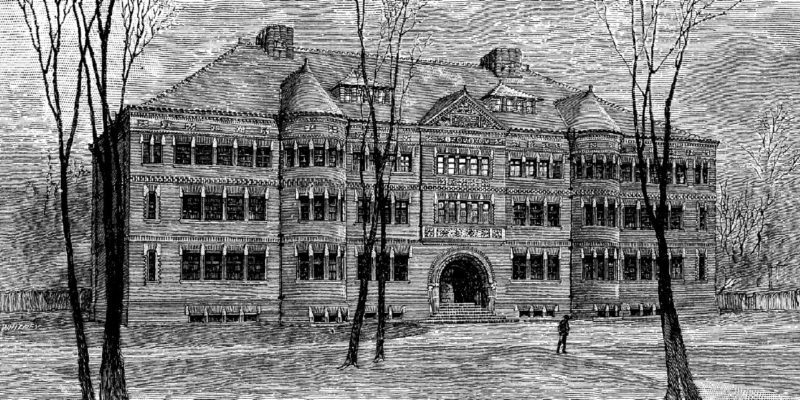
1862 Enactment of the Morrill Act establishes federal and state funding for colleges through the sale of public lands. Each state would use the funds for the “endowment, support, and maintenance of at least one college where the leading object shall be, without excluding other scientific and classical studies and including military tactics, to teach such branches of learning as are related to agriculture and the mechanic arts, in order to promote the liberal and practical education of the industrial classes in the several pursuits and professions in life.”
1887 The Hatch Act passes, establishing agricultural experiment stations for scientific research.
1890 Passage of the Second Morrill Act advances education in the former Confederate states and new territories. Those states are required to admit students regardless of race, or establish separate land-grant schools for persons of color.
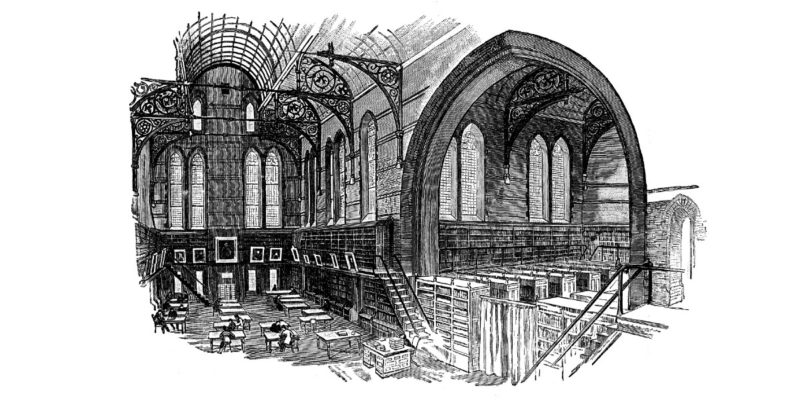
Turn of the Century
1900 By the 20th century, approximately two-thirds of college students are enrolled in liberal arts colleges. By 1950, that number is only 25 percent.
1935 Congress creates the National Youth Administration, which, in part, provides grants to college students in exchange for work.
The 1940s
1940 In 1940, the United States has approximately 1,000 institutions of higher education.
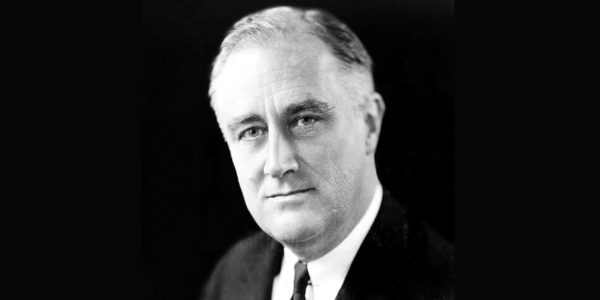
1944 President Roosevelt signs into law the Servicemen’s Readjustment Act of 1944, also known as the GI Bill of Rights, offering returning World War II veterans tuition and living expense benefits to further their education.
1945 Vannevar Bush, director of the Office of Scientific Research and Development, publishes Science: The Endless Revolution, which calls for the federal government to increase its investment in basic research, and advocates that it be done at universities, by university faculty.
For the first time, access to American higher education is not limited to the wealthy, and funding for such education is awarded on an individual, rather than institutional, level.
1950s
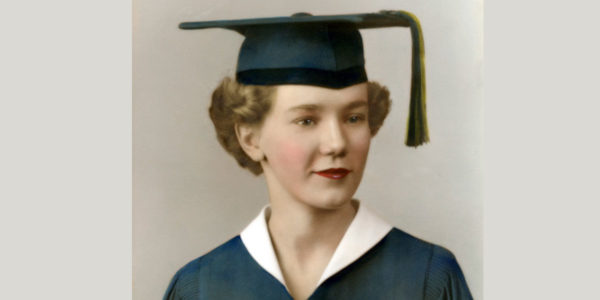
With the GI Bill offering veterans previously unheard of access to college, the 1950s introduces the concept of higher education for all.
During the 1950s and 1960s, education for a few begins to be education for the masses, with the proliferation of two-year colleges, increased coeducation, and more racial diversity.
1960s
In the 1960s, community colleges become the largest sector of higher education.
1965 At his alma mater, Southwest Texas State College (now Texas State University), President Lyndon Johnson signs the Higher Education Act of 1965 into law. In 1965, fewer than six million students are enrolled in public, private, or for-profit colleges.
1969 Approximately 78 percent of the instructional workforce at colleges and universities is comprised of tenured and tenure-track faculty. By 2008, only 33.5 percent of faculty is tenure-track, and of the remaining 66.5 percent, more than 70 percent (or 47.7 percent of the total) are part time.
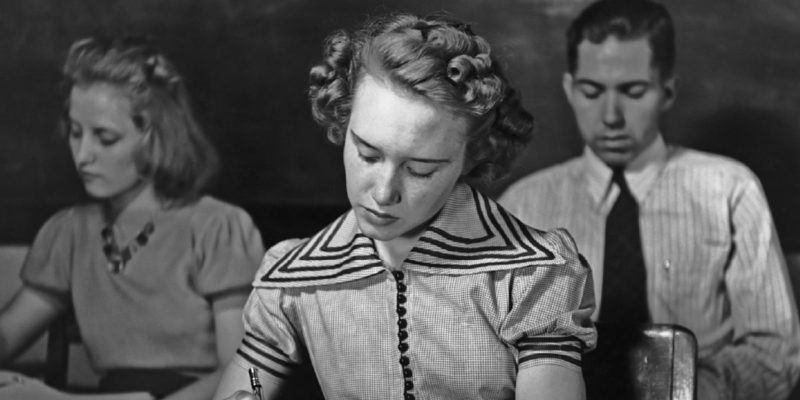
1970s
1970 There are 721 colleges, according to the Carnegie Commission on Higher Education, designated as a Bachelor’s Degree–Liberal Arts college. By 1976, that number drops to 583, and by 2000 there are only 228 colleges with that classification. While some colleges close or merge with other institutions, many revise their missions to include professional programs, such as business and health care.
1978 The Middle Income Student Assistance Act is signed into law by President Jimmy Carter. The act provides a more generous Basic Educational Opportunity Grant—grants provided to low-income students—and increases income limits eligibility, allowing an additional 1.5 million students from middle-income families to become eligible for the basic grants program.
1980s
1980 Educational Opportunity Grants are renamed, after Sen. Claiborne Pell of Rhode Island, to “Pell Grants.”
 1980 State appropriations account for 83 percent of student educational costs.
1980 State appropriations account for 83 percent of student educational costs.
1980 Parents become eligible borrowers for student educational expenses.
1989 John Sperling starts the University of Phoenix online program to address the needs of the working adults who have been attending University of Phoenix on-site classes.
1990s
From the mid-1990s to 2010, the number of for-profit institutions nearly doubles, and thus, expands the use of loans by college students.
 For the past 40 years, as public funding for higher education has decreased and private costs have increased, market forces have played increasing roles in institutional missions. Broader participation as well as the change in payee has brought with it a corresponding change in the value proposition for higher education.
For the past 40 years, as public funding for higher education has decreased and private costs have increased, market forces have played increasing roles in institutional missions. Broader participation as well as the change in payee has brought with it a corresponding change in the value proposition for higher education.
During the past half century, however, competitors have introduced options—online learning, competency-based credentials, nondegrees, and badging—that appear to produce similar, if not the same, outcomes cheaper, faster, and easier.
“Over a third of America’s college students and over half of our minority students don’t earn a degree, even after six years. So we don’t just need to open the doors of college to more Americans; we need to make sure [students] stick with it through graduation. That is critical.”
The introduction of competency-based credentials and badging, which afford individuals access to disaggregated knowledge components with outcomes assessed by specified metrics, challenges this traditional accreditation model.

2000s
2012 State support for state colleges declines to 23 percent.2012 Nearly 70 percent of chief academic officers state that online education is critical to their institutions’ long-term strategy, and nearly 32 percent of students are taking at least one online course.
 2012 During a State of the Union address in 2012, President Obama says, “If you can’t stop tuition from going up, the funding you get from taxpayers will go down … . Higher education can’t be a luxury—it’s an economic imperative that every family in America should be able to afford.”
2012 During a State of the Union address in 2012, President Obama says, “If you can’t stop tuition from going up, the funding you get from taxpayers will go down … . Higher education can’t be a luxury—it’s an economic imperative that every family in America should be able to afford.”
2013 President Obama announces plans for a college ratings system. Two years later, the Department of Education moves away from a ratings system and publishes a consumer-friendly “Scorecard” tool.
2014 At the end of 2014, there are more than 4,700 degree-granting institutions in the United States.
2015 The White House unveils the America’s College Promise proposal, which would make community college free for students.
KHESIA TAYLOR is associate editor of Business Officer.



